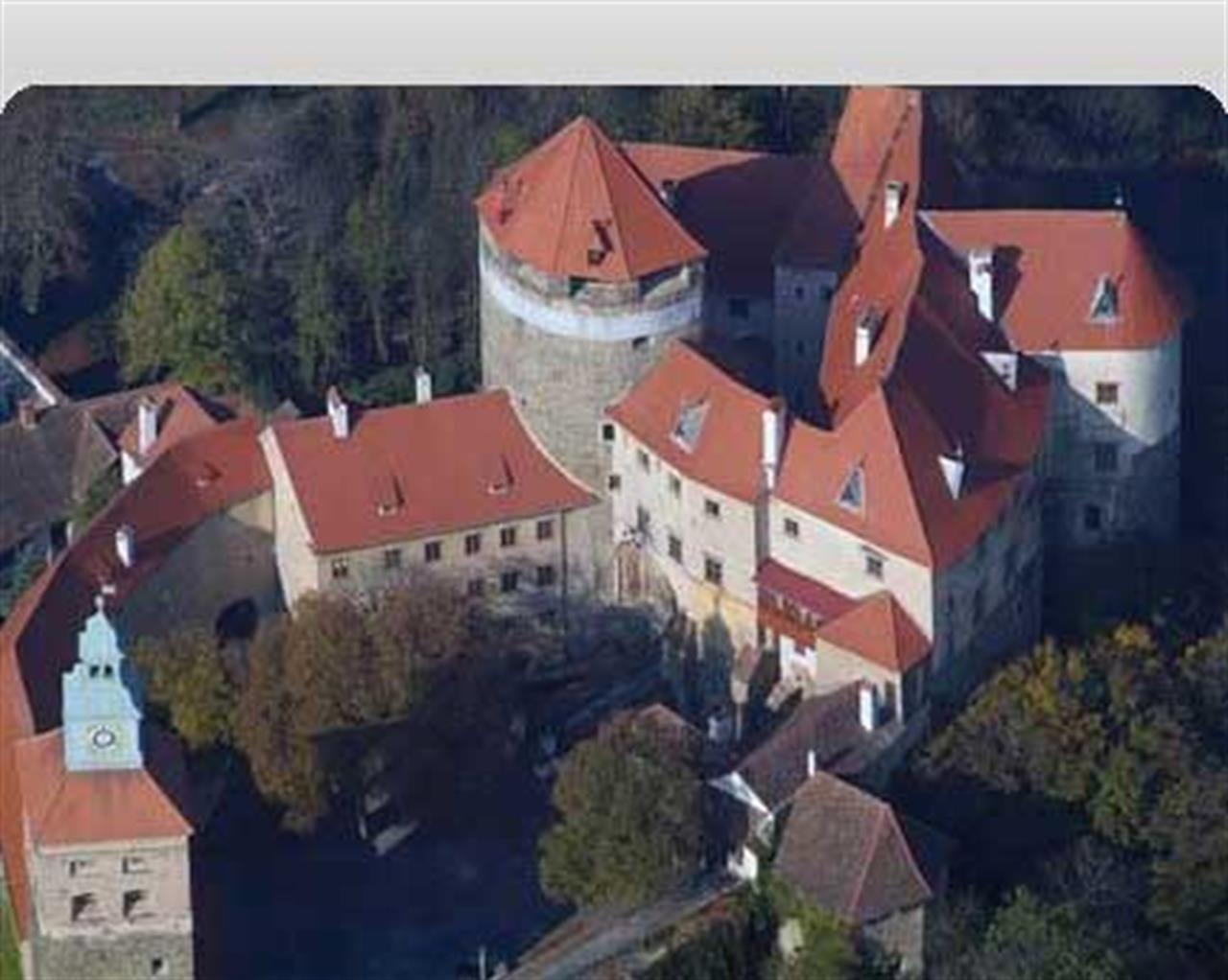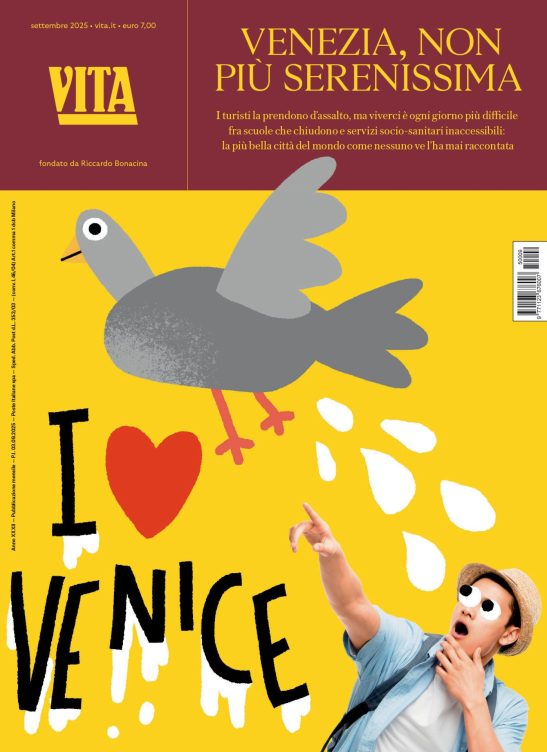Non profit
Austria: Peace building needs more people and less guns
Rose Hackman talks to Arno Truger on fighting to put civilians and the human being back into peace and security.
di Staff

Taking us on a journey through the developments of best practices for peace, Arno Truger looks back on the transformation of Schlaining, from a quiet and beautiful East Austrian town, to becoming the heart of European peace and conflict resolution; and calls for an increase in crisis management as a civilian practice, and putting the human being back into peace.
Arno Truger started off as a volunteer at the Austrian Study Center for Peace and Conflict Resolution (ASPR) in 1983, just one year after its creation. Today, at 61, and almost 26 years on, he is the director of the independent, non-profit and non-partisan organisation, situated in Stadtschlaining, Eastern Austria.
The passing of time however, has not dimmed his enthusiasm or his beliefs in the core values of the organisation, which is an ever growing project. Indeed, the ASPR is also responsible for the founding and running of, amongst other things, the European University Center for Peace Studies (EPU), which has UNESCO status, and a EuropeanPeace Museum, both situated in and around Schlaining Castle.
What are the core values of the study centre, and how have its activities progressed over the years?
Three paradigms led us to who we are today. First of all, we realised that despite Austria’s neutrality, because of its geographical situation between East and West it could not remain outside of world conflict. We are infected by it and should take advantage of it to make a change and make things better.
Secondly, we thought that peace should not only be related to politics and political power, but also to civil society. For example, we found that the reason big research institutions such as MIT did not foresee the changes in the East was because they barely looked at civil society developments.
The third element, was that we found that peace research should be related to practice and education. In our opinion, research, practice and education are interdependent, only effective when they are used together. This is what brought us to develop beyond the research; launching an education side to our project through, namely, the European University for Peace Studies (EPU), as well as training programmes and seminars on political practice in conflict and crisis areas.
How did the practice side develop?
The practice side developed initially during the war in ex-Yugoslavia. As soon as we realised what was going on in Yugoslavia, we decided to organise a big conference for September 1991, here in Schlaining, gathering people from all over Yugoslavia, trying to work on a ceasefire between Croatia and Serbia. It was attended by the then president of Yugoslavia Stjepan Mesic, who had of course already taken a very Croatian position.
Together with the UN, we went on to train Serb and Croatian police officers in Eastern Slavonia, which is actually where the conflict started. We trained them in conflict management, so that they would work together for both the Croatian and Serb populations.
We went on to work with other international institutions, leading us to slowly develop what has now become our International Civilian Peace-keeping and Peace-building Training Programmes (IPU), which were the first ever made for the specific training of civilian experts.
What do you see as the main challenges facing the peace building community today in so far as practice is concerned?
I will tell you what we told the Germans and the Swedes when we were advising them on training centres for peace, as the European leaders in that area: the challenge is to link up training with recruitment and employment.
If you do that, you can actually send the right people to the right jobs and follow their evolution. More power needs to be entrusted to third sector organisations like us, so that we have the authority to do all three of those things, making for strongest possible peace diffusion on the field.
What structural obstacles is peace building and conflict resolution confronted with on a global scale?
I think the peace keeping sector is underserved. Take when there is a crisis in Africa. States and international organisations usually first call in the military, and then the police; then they call in the judges and the prosecutors, and it keeps going on until finally they call in the civilian experts.
I think more consciousness needs to be given to the civilian dimension of crisis management.
How can that be remedied?
Everyone needs to work together, there needs to be a horizontal inter-institutional endeavour.
Indeed we are organising a pilot course next month on peace building with worldwide representatives of ministries of internal affairs, foreign ministries, defence ministries, development organisations, humanitarian organisations. All people who are involved in crisis management but who do not have a clue about peace building from a human security approach. This is what needs changing, developing. We have also decided to make them do the course together, because beyond the training dimension, there is the operational dimension: they need to know each other on the field.
How strongly is today’s understanding of “Security” tied to your area of Peace?
I think, that just as in other sectors, unfortunately, a reference to security is primarily tied to military security, not to human security. By that I mean that the main issue is State security and not the security of the human being. Security as a term tied to peace, and security as a term tied to human beings, is something which is already recognised as such in speeches, and in papers; but in practice, and when it comes to the money which is spent on security you find there is a gap between what is said and done – a huge gap.
How do you address this “gap”?
I am addressing it all the time. When I am striving to keep the network of civilian training institutions running, or when I am engaged in networks such as the European peace building training liaison office, in Brussels, or when I try to find financial support for NGOs sending peace practitioners and experts into crisis areas – the so called “civilian peace services”… These are all activities I do serving this purpose, trying to address this gap.
Find out more:
Si può usare la Carta docente per abbonarsi a VITA?
Certo che sì! Basta emettere un buono sulla piattaforma del ministero del valore dell’abbonamento che si intende acquistare (1 anno carta + digital a 80€ o 1 anno digital a 60€) e inviarci il codice del buono a abbonamenti@vita.it
